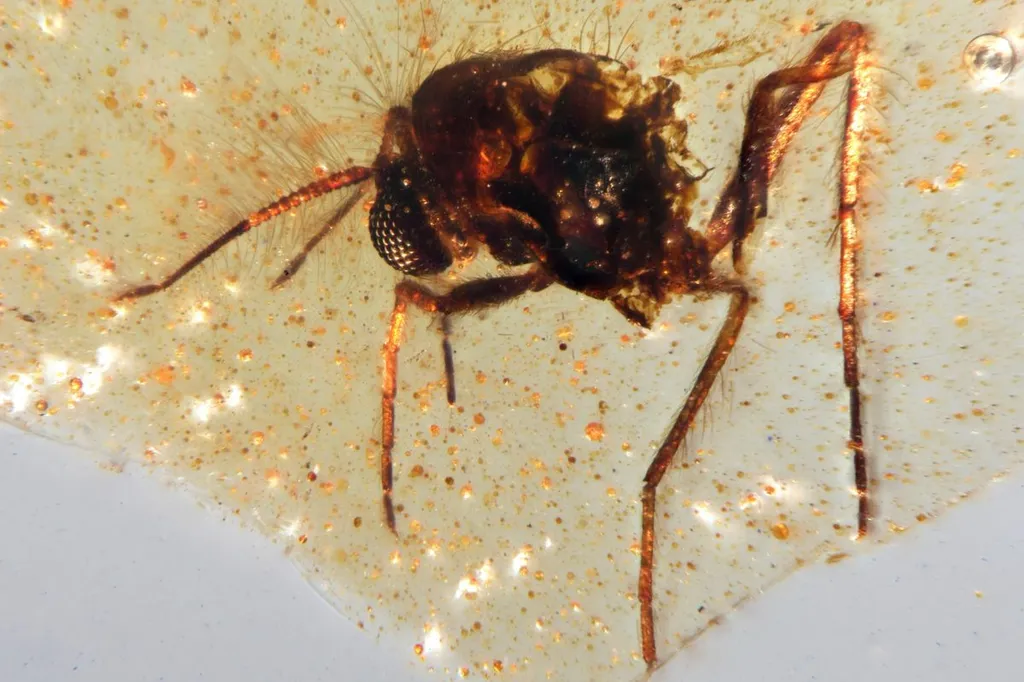In the dense forests of northern Iran, a tiny, previously unknown creature has been discovered, and its identification could have significant implications for the energy sector. Dr. Agh Atabai Mohammad Esmaeil, a nematologist from the Department of Plant Protection at Gorgan University of Agricultural Sciences and Natural Resources, has identified a new species of fungivorous nematode, Deladenus hyrcanus sp. n., which could play a crucial role in sustainable energy production.
Nematodes, or roundworms, are some of the most abundant creatures on Earth, playing vital roles in ecosystems. This new species, Deladenus hyrcanus, was found in the dead wood of Acer velutinum trees in the Balaband forests of Mazandaran Province. “The discovery of this new species is significant because it adds to our understanding of the biodiversity of nematodes and their ecological roles,” Dr. Esmaeil explained.
The new species is characterized by its moderate body length, unique tail shape, and the absence of males. It is closely related to two other species, Deladenus gilanica and Deladenus zyzyphus, but can be distinguished by its body length, lateral field incisures, and tail length. “The morphological and molecular characteristics of Deladenus hyrcanus set it apart from its close relatives,” Dr. Esmaeil noted.
So, what does this have to do with the energy sector? Nematodes like Deladenus hyrcanus play a crucial role in decomposing organic matter, which can be harnessed for bioenergy production. Understanding the diversity and ecological roles of these nematodes can help optimize bioenergy production processes. “By studying these organisms, we can better understand the decomposition process and potentially improve the efficiency of bioenergy production,” Dr. Esmaeil said.
The research, published in the Journal of Nematology (known in English as the Journal of Nematology), also involved molecular phylogenetic analysis, which placed the new species close to Deladenus gilanica. This analysis helps scientists understand the evolutionary relationships between different species and can provide insights into their ecological roles.
The discovery of Deladenus hyrcanus sp. n. is a reminder of the vast biodiversity that still remains to be discovered and the potential benefits that this knowledge can bring to various sectors, including energy. As Dr. Esmaeil put it, “Every new species we discover brings us one step closer to understanding the complex web of life and the potential benefits it holds for humanity.”
This research not only expands our knowledge of nematode diversity but also opens up new avenues for sustainable energy production. As we strive to reduce our reliance on fossil fuels, understanding and harnessing the power of these tiny organisms could be a significant step forward. The energy sector, in particular, stands to gain from this research, as the efficient decomposition of organic matter can lead to more sustainable and cost-effective bioenergy production. The discovery of Deladenus hyrcanus sp. n. is a testament to the potential of scientific research to drive innovation and progress in unexpected ways.

